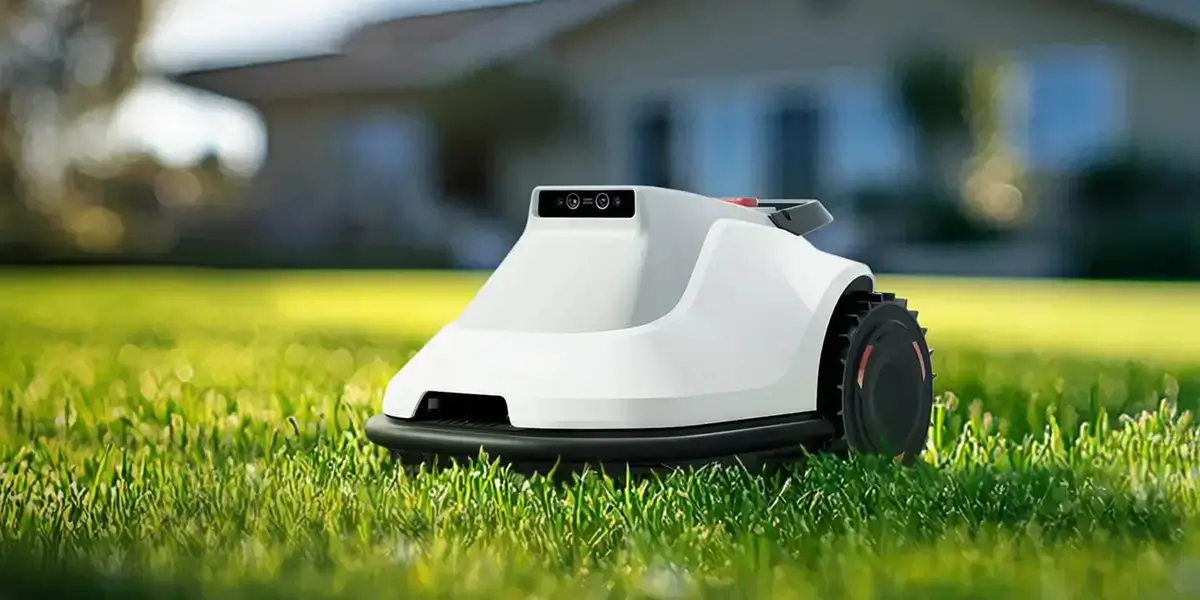The Magic of Micro Servos – Your Gateway to Motion
If you’ve ever watched a robot wave hello, a camera pan smoothly, or a tiny model airplane flap its wings, you’ve witnessed the quiet brilliance of micro servos. These compact, programmable motors are the unsung heroes of motion in DIY projects. Paired with an Arduino, they transform static ideas into dynamic realities. Let’s dive into how these tiny devices work and how to bring them to life with code.

Why Micro Servos? Micro servos, like the popular SG90 or MG90S, are lightweight, affordable, and surprisingly powerful for their size. Unlike standard DC motors, servos offer precision. They don’t just spin—they rotate to specific angles (typically 0–180 degrees) and hold their position. This makes them ideal for tasks requiring controlled movement: steering a robot, adjusting a sensor, or even mimicking human gestures.
The Anatomy of Control Servos have three wires: power (red), ground (brown/black), and signal (yellow/orange). The magic happens through Pulse Width Modulation (PWM). Arduino sends a pulse of varying width to the signal wire, telling the servo which angle to adopt. A 1.5ms pulse centers the servo, while 1ms or 2ms pulses swing it to 0° or 180°, respectively.
Your First Micro Servo Project Let’s start simple: making a servo sweep back and forth.
Hardware Setup:
Connect the servo’s power wire to Arduino’s 5V pin. Attach the ground wire to GND. Plug the signal wire into digital pin 9.
Code Breakdown: ```cpp
include
Servo myServo;
void setup() { myServo.attach(9); }
void loop() { for (int pos = 0; pos <= 180; pos += 1) { myServo.write(pos); delay(15); } for (int pos = 180; pos >= 0; pos -= 1) { myServo.write(pos); delay(15); } }
This code uses Arduino’s `Servo.h` library to handle PWM signals. The servo sweeps from 0° to 180° and back, creating a hypnotic oscillation. The `delay(15)` gives the servo time to reach each position. --- Beyond the Basics: Adding Personality Servos shine when they interact with the world. Let’s build a “nervous” servo that jumps when you clap: 1. Add a sound sensor to analog pin A0. 2. Modify the code to trigger movement when noise exceeds a threshold.
cpp
include
Servo myServo; const int soundSensor = A0;
void setup() { myServo.attach(9); pinMode(soundSensor, INPUT); }
void loop() { int noiseLevel = analogRead(soundSensor); if (noiseLevel > 500) { myServo.write(90); // Jump to center delay(100); myServo.write(0); // Snap back } }
Now your servo reacts to sound—perfect for a Halloween prop or an interactive art piece. --- Why This Matters Micro servos democratize motion. With Arduino, even beginners can create projects that respond to light, sound, or touch. The barrier to entry is low, but the creative ceiling? Limitless. In Part 2, we’ll explore advanced projects, troubleshoot common issues, and push these tiny motors to their limits. Pushing Boundaries – Advanced Servo Projects and Pro Tips Ready to level up? Let’s tackle complex builds and refine your servo skills. --- Project 1: Automated Weather Vane Imagine a servo-powered weather vane that points toward the wind. You’ll need: - A wind direction sensor (potentiometer-based). - A micro servo. - Arduino Uno. Code Snippet:
cpp
include
Servo windVane; const int windSensor = A0;
void setup() { windVane.attach(9); }
void loop() { int sensorValue = analogRead(windSensor); int angle = map(sensorValue, 0, 1023, 0, 180); windVane.write(angle); delay(100); }
This maps the sensor’s analog reading to a servo angle, creating real-time movement. --- Project 2: Robotic Arm with Multiple Servos Control a 3-servo arm using Arduino’s PWM capabilities. Wiring Tips: - Use an external 5V power supply to avoid overloading Arduino’s voltage regulator. - Connect all servo grounds to Arduino’s GND. Code Structure:
cpp
include
Servo base, elbow, gripper;
void setup() { base.attach(9); elbow.attach(10); gripper.attach(11); }
void loop() { // Example sequence: base.write(90); elbow.write(45); gripper.write(10); delay(1000); gripper.write(90); } ```
Troubleshooting Common Issues
Jittery Movement: Add a capacitor (10µF) between the servo’s power and ground wires. Ensure your power supply delivers consistent voltage. Servo Doesn’t Move: Check wiring—signal pins are easy to misconnect. Verify the servo’s voltage range (some servos require 6V). Limited Range: Servos can sometimes exceed 180° with modified code. Use myServo.writeMicroseconds(1000) (1ms pulse) for 0° and 2000 (2ms) for 180°.
Creative Hacks
Speed Control: Adjust the delay between angle changes. Smaller delays = faster movement. “Secret Knocks”: Program servos to rotate only when a specific knock pattern is detected.
Final Thoughts Micro servos are more than components—they’re storytellers. Whether you’re building a kinetic sculpture, a robot with personality, or a smart home gadget, these tiny motors bridge imagination and reality. With Arduino as your canvas, every line of code becomes a brushstroke of motion. So, what will you make move next?





































